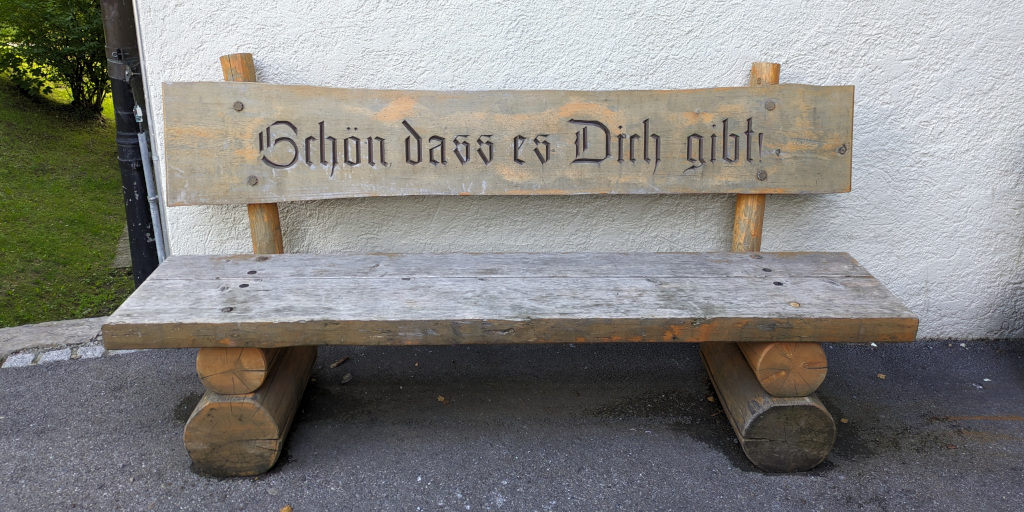Category: 2. Teaching
-

Non sequitur #DesignPatternsHumor
A colleague earlier today showed me this student answer from one of his exams: The student answer for “name a design pattern” is “hotel” and the answer for “that pattern’s intent” is “book hotel”. Repeat for a second pattern called “flight” and its intent “book flight”.
-

Talk slides: Teaching agile methods with industry partners
I’m at ECSEE 2014, the European Conference on Software Engineering Education, and I just held a talk on how we teach agile methods at Friedrich-Alexander University of Erlangen-Nürnberg. Key to our projects is the involvement of industry partners, who provide high-level project requirements to the different student teams. Here are the slides to my talk…
-

Exemplary research papers?
I teach a hands-on lab course on how to do research. Students perform a small research project and write a paper about it, preparing them for the research work of their final thesis. I want to revise the set of example research papers I’m using. We study these research papers as good examples of how…
-

Teaching materials for agile methods course
Update 2018-08-01: The old materials are not available any longer; please watch this space for the new release! I finally put my teaching materials for my agile methods course on this website. The slides are available in “source” form, i.e. Open/LibreOffice format, as well as PDFs. I also added supplementary materials like the videos I…
-

Teaching note for case “User-Generated Content Systems at Intuit(A)” E-381(A)
Abstract: This is a teaching note for the free case “User-Generated Content Systems at Intuit(A)”, E-381(A), from the Stanford Free Case collection available at ECCH. The original case is a product management case in which Intuit, maker of consumer and small business financial software, faces the decision to “go social or not” for user help…
-

Das AMOS Projektkonzept (2011)
NACHHALTIGE PROJEKTE ZUM LERNEN UND AUSGRÜNDEN Dieser Artikel stellt das AMOS Projektkonzept vor, welches ich in der Informatik-Lehre an der Universität Erlangen-Nürnberg einsetze. Ziel des AMOS Projekts ist es, Studierenden professionelle Softwareentwicklung in einem konkreten Projekt zu vermitteln, welches idealerweise zu einer Startup durch die am Ende ihres Studiums befindlichen Studierenden führt. Das AMOS Projekt…



